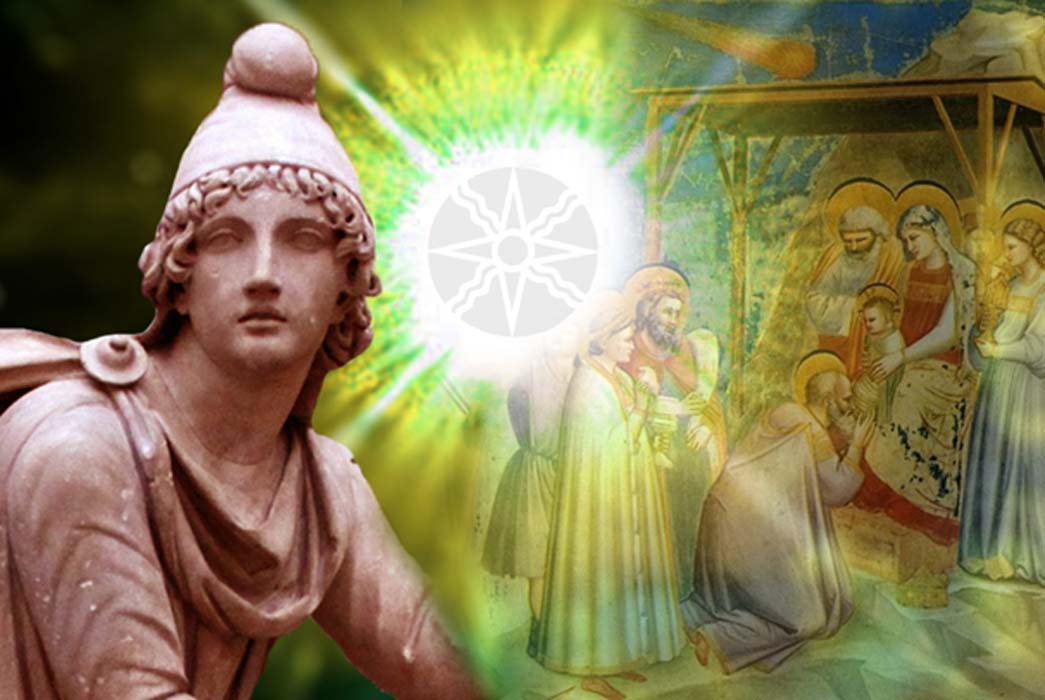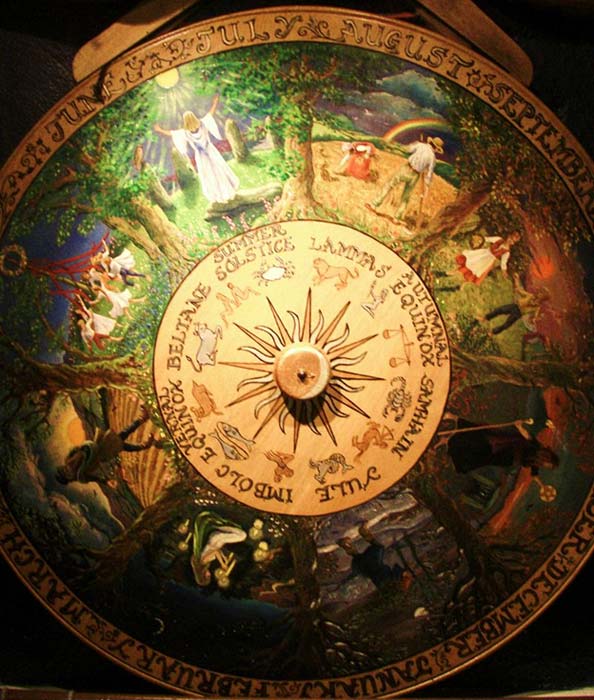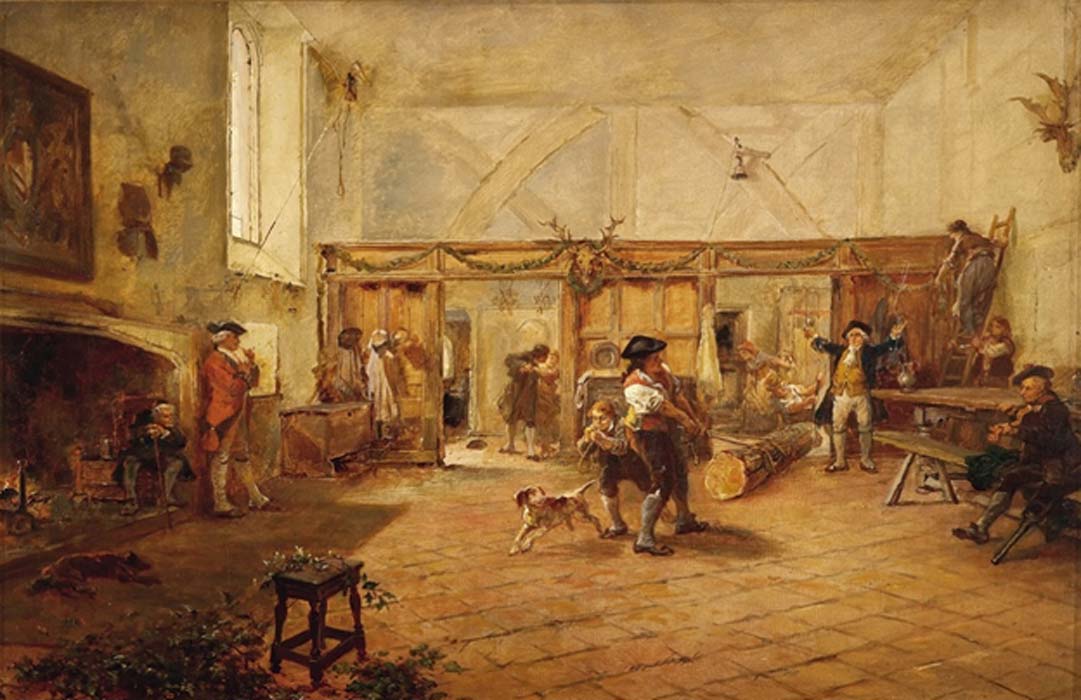
What Star is This? The Pagan Origins of Christmas Symbols
The Christmas holiday is celebrated all over the world in various traditions. But few people realize it has an origin steeped in paganism and sun worship. In fact, the day itself and all it represents can be whittled down to one word: light.
Rooted in the cyclical pagan year, Christmas can be linked back to the celebration of the Winter Solstice around December 21st, a time when the night was at its longest, and the coming of the “light” was celebrated and revered. New hope, the Sacred Fire, the Light of the World, all represented the end point of one natural cycle, and beginning of another. The Solstice may have been the longest and darkest of days and nights, but from that point on, there would be more light and the promise of a coming spring.
Roots in Ancient Tradition
Our traditional ‘Western” Christmas holiday actually has its roots in ancient Celtic and Saxon tradition. The Celts and Saxons celebrated “Yula” or “wheel of the year,” which became our modern Yule. This was often held on the actual day of the Solstice.

Painted Wheel of the Year (CC BY-SA 3.0)
This gala involved the burning of a log that was lit on the eve of the solstice and burned for twelve hours. It signified good luck and a prosperous coming year. Trees were later used instead, with lights placed upon them in the form of small candles—and thus the Christmas tree was born! Usually it was an evergreen, decorated with holly and mistletoe as these two plants were revered as fertility symbols.

Painting of the Yule Log being brought in at Hever Castle, 19th century (Public Domain)
Celts believed that mistletoe was an aphrodisiac, which is the reason why people all over the world now kiss under the hanging mistletoe.
The tradition of the Christmas tree really took off in 16th century Germany when Christians began to use them in their homes, decorating them with candles and later, when the tradition spread into other parts of Europe, with small, sweet treats. The first Christmas tree at Windsor Castle in England in 1841 was covered with candles, fruits and gingerbread, and eventually in the 1850s, the use of small toys and trinkets, often fairies, dolls, horns and bells.




